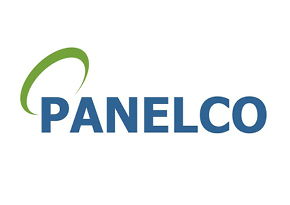External solar shading with wood: a design guide for architects
In This Series

Areas of glazing are increasing to obtain the maximum advantage from daylight and to benefit from passive solar gain in the winter. But larger windows increase the risk of internal overheating and glare. UK building regulations now require solar protection in residential and non-residential buildings. With its versatility, ease of working and easy maintenance, wood has an important role in the design of modern shading devices. However, the prime reason for using wood for solar screening is usually its attractive appearance, whether left to bleach naturally or finished in any colour. This publication deals with external screening devices, comparing nine types now in use; describes screening systems that are wholly or partially wood based; and includes metal support systems and metal hardware necessary for operating louvres.
Contents:
- Introduction to solar protection
- Types of solar protection
- Advantages of wood for solar protection devices
- Design and detailing of louvres and fins
- Connections, fixings and operating devices
- Structural design
- Finishes and maintenance


















